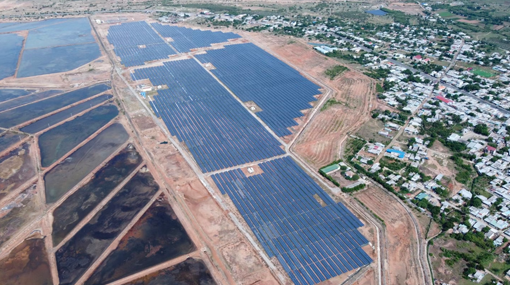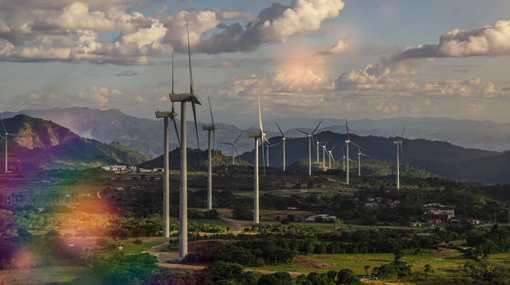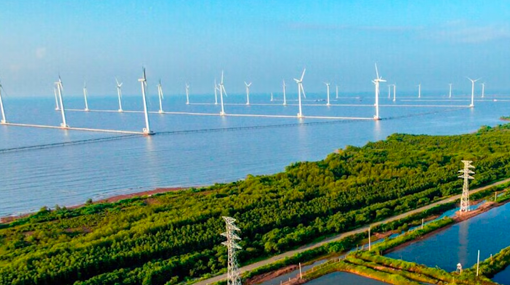Committed to a sustainable future
As part of our ongoing commitment to sustainable digital signage, we contribute to
the planting of trees, support carbon reduction projects
and make sustainable choices with our technology.
This page demonstrates the ways in which we achieve this.
Tree Planting

We’ve contributed to the planting of over 110,000 trees across UK, Africa and South America.
Some of our staff also take part in volunteering events run by Protect Earth to get hands on and plant native tree species.
Not only is planting trees good for counteracting climate change, but also good for supporting local communities, conservation of biodiversity and enhancing ecosystem processes.
Carbon Reduction Projects

We’ve supported 23 carbon reduction projects across the world ranging from renewables with Wind, Solar, Hydro and Biomass to Methane capture and Forest conservation.
All of these projects have recognised United Nations Sustainable Development Goals and various other recognised verifications such as:
Verified Carbon Standard, Gold Standard and The Climate, Community and Biodiversity Standards (CCB Standards)

Avoiding methane emissions from landfill in Brazil
Avoiding methane emissions from landfill in Brazil.
Solution type: Capture

Capturing methane to reduce emissions and generate energy in India
Producing energy from captured methane in India.
Solution type: Capture

Rainforest protection in central Brazil
Protecting over 70,000 hectares of threatened rainforest.
Solution type: Forestry

Protecting the Tambopata-Bahuaja Biodiversity Reserve in Peru
Preventing 457,750 tonnes of CO2e emissions per year.
Solution type: Forestry

Wind power project in Thailand
Preventing 131,883 tonnes of CO2e through wind power each year.
Solution type: Renewables

High efficiency cookstoves in Tanzania
Distributing cleaner cookstoves to reduce emissions.
Solution type: Community

Solar power project in Vietnam
Generating 83,750MWh of clean electricity every year.
Solution type: Renewables

Wind power project in South Africa
Generating 439,600MWh clean energy annually.
Solution type: Renewables

Conserving rainforest in the Western Amazon
Protecting over 70,000 hectares of threatened rainforest.
Solution type: Forestry

Renewable solar electricity in Egypt
Generating 158,881 MWh of clean electricity every year.
Solution type: Renewables

Preventing deforestation in the Democratic Republic of Congo
Preventing 5,671,613 tonnes of CO2e emissions per year.
Solution type: Forestry

Wind power project in Mexico
Producing 422,076MWh of energy annually.
Solution type: Renewables

Wind Power Project in Honduras
Producing 345,970MWh of energy every year.
Solution type: Renewables

Improving the Efficiency of Delhi’s Transport System, India
Improving Delhi’s electrified train system to reduce greenhouse gas emissions.
Solution type: Transport

Wind power in Northeast Thailand
Generating over 500,000 MWh of clean electricity annually.
Solution type: Renewables

Wind power in Vietnam
Generating 372,000 MWh of clean electricity annually.
Solution type: Renewables

Solar power in India
Generating 95,145 MWh of clean electricity annually.
Solution type: Renewables

Preservation of Amazon in State of Pará, Brazil
Protecting over 27,000 hectares of threatened rainforest in the State of Pará.
Solution type: Forestry

Electricity from waste biomass in Chile
Producing clean electricity from waste industrial biomass.
Solution type: Renewables

Restoration and conservation in Indonesia
Protect and restore 149,800 hectares of peatland ecosystem.
Solution type: Wetlands

Electricity from landfill gas in Brazil
Producing electricity from landfill gas in Brazil, estimated to reduce 141,878t CO2e per year.
Solution type: Renewables

Protection of the Amazon in Peru
Sustainable management of 98,932 hectares of tropical rainforest in Peru.
Solution type: Forestry
Cloud Technology
Reducing environmental impact utilising the cleanest cloud platform in the industry.
With migration underway ensuring that our data center operations are as sustainable as can be.

We have also implemented tools that allows us to monitor and accurately report the carbon emissions associated with our cloud operations.
This allows us to optimise our infrastructure to be more and more efficient.


